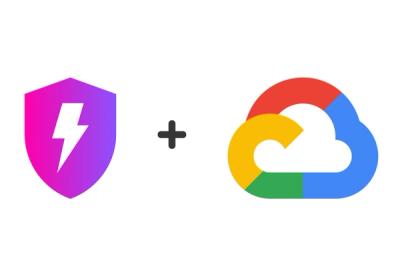
Security News
Next.js Patches Critical Middleware Vulnerability (CVE-2025-29927)
Next.js has patched a critical vulnerability (CVE-2025-29927) that allowed attackers to bypass middleware-based authorization checks in self-hosted apps.
Performant and lightweight dummy data generation.
To start using the library, install it in your project:
npm install dummy
After that, you can import dummy and use its data generation functions from anywhere in your app.
import { dummy } from 'dummy';
// ...
var randomId = dummy.string.uuid(); // d02e9296-7063-450c-9dfc-9edd73076c8d
var randomUsername = dummy.number.float(); // 14.21
var randomRegisteredAt = dummy.date.past(); // 2021-05-07T01:30:54.348Z
You can find out more about the API and implementation soon.
FAQs
Performant and lightweight dummy data generation.
The npm package dummy receives a total of 23 weekly downloads. As such, dummy popularity was classified as not popular.
We found that dummy demonstrated a healthy version release cadence and project activity because the last version was released less than a year ago. It has 0 open source maintainers collaborating on the project.
Did you know?

Socket for GitHub automatically highlights issues in each pull request and monitors the health of all your open source dependencies. Discover the contents of your packages and block harmful activity before you install or update your dependencies.

Security News
Next.js has patched a critical vulnerability (CVE-2025-29927) that allowed attackers to bypass middleware-based authorization checks in self-hosted apps.

Security News
A survey of 500 cybersecurity pros reveals high pay isn't enough—lack of growth and flexibility is driving attrition and risking organizational security.

Product
Socket, the leader in open source security, is now available on Google Cloud Marketplace for simplified procurement and enhanced protection against supply chain attacks.